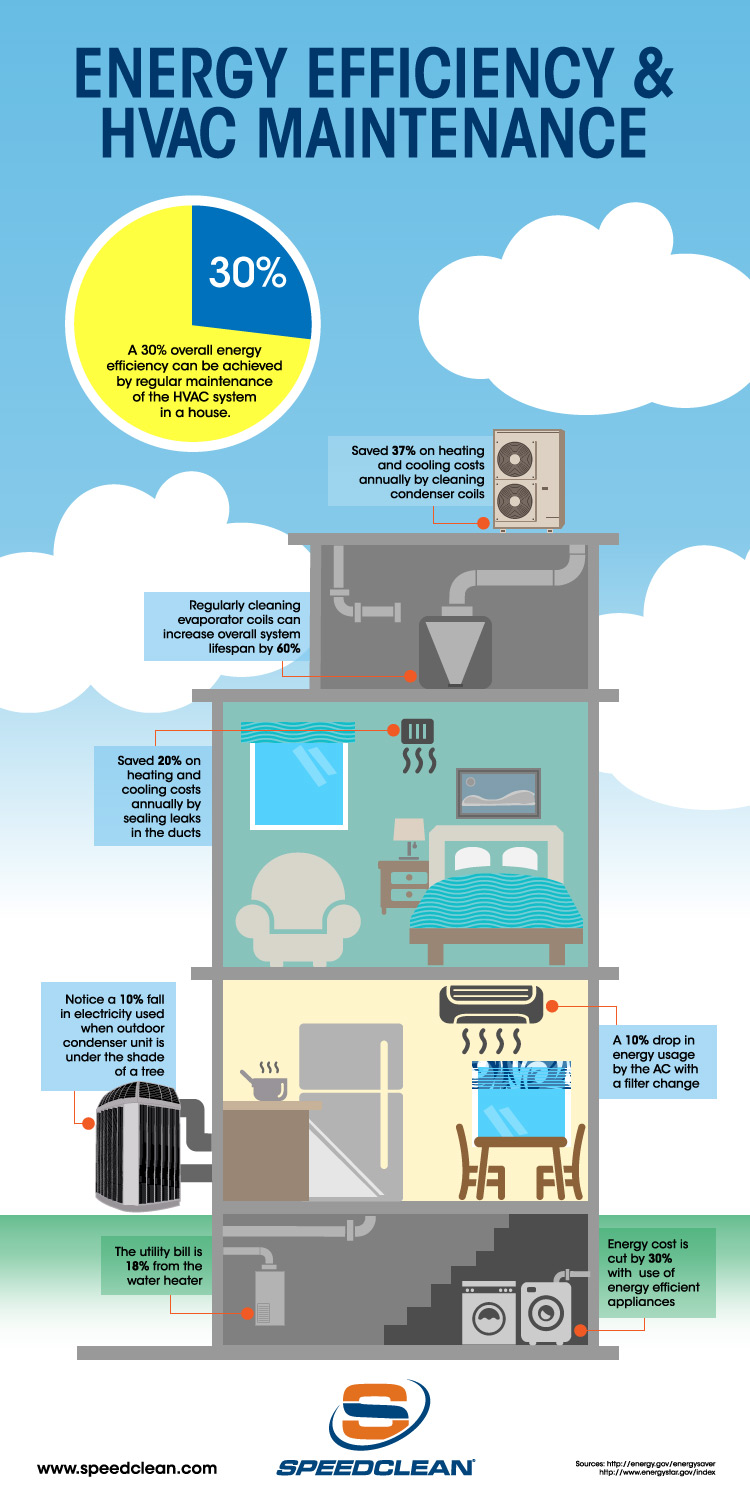The Future Of Home Home Heating - How Heatpump Modern Technology Is Developing
The Future Of Home Home Heating - How Heatpump Modern Technology Is Developing
Blog Article
Write-Up Author-Svensson Ringgaard
Heatpump will certainly be a critical innovation for decarbonising home heating. In a scenario regular with federal governments' introduced energy and environment commitments, their worldwide capacity increases by 2030, while their share in home heating rises to one-quarter.
They work best in well-insulated homes and rely on electrical power, which can be provided from a renewable power grid. Technical innovations are making them more efficient, smarter and more affordable.
Gas Cells
Heatpump use a compressor, cooling agent, coils and followers to move the air and heat in homes and appliances. They can be powered by solar energy or power from the grid. They have actually been gaining appeal because of their inexpensive, silent procedure and the capability to produce electrical power throughout peak power demand.
Some companies, like IdaTech and BG MicroGen, are servicing fuel cells for home heating. These microgenerators can change a gas central heating boiler and generate several of a house's electrical needs with a link to the power grid for the rest.
However there are factors to be hesitant of using hydrogen for home heating, Rosenow states. It would certainly be expensive and inefficient contrasted to other innovations, and it would contribute to carbon emissions.
Smart and Connected Technologies
Smart home modern technology enables house owners to link and regulate their devices remotely with making use of mobile phone applications. For instance, smart thermostats can learn your heating preferences and immediately adapt to maximize energy intake. Smart illumination systems can be managed with voice commands and automatically shut off lights when you leave the area, reducing power waste. And wise plugs can monitor and handle your electric use, permitting you to identify and restrict energy-hungry devices.
The tech-savvy home shown in Carina's interview is an excellent picture of just how owners reconfigure room home heating methods in the light of new wise home modern technologies. They depend on the gadgets' computerized features to carry out daily changes and concern them as a hassle-free methods of conducting their home heating practices. Thus, they see no factor to adjust their methods additionally in order to make it possible for flexibility in their home power demand, and interventions aiming at doing so may deal with resistance from these households.
Power
Given that heating up homes make up 13% of US emissions, a switch to cleaner alternatives could make a huge difference. But the innovation encounters challenges: It's expensive and requires comprehensive home remodellings. And it's not always suitable with renewable resource sources, such as solar and wind.
Till lately, electrical heatpump were too costly to take on gas designs in the majority of markets. Yet new innovations in design and products are making them more budget friendly. And better cool environment efficiency is allowing them to operate well even in subzero temperature levels.
The next step in decarbonising heating might be the use of heat networks, which attract warmth from a central source, such as a nearby river or sea inlet, and distribute it to a network of homes or buildings. That would lower carbon exhausts and enable houses to make use of renewable resource, such as green electricity from a grid provided by renewables. This choice would be less expensive than switching over to hydrogen, a fossil fuel that calls for new facilities and would only decrease CO2 emissions by 5 percent if paired with improved home insulation.
Renewable Energy
As electrical energy prices go down, we're starting to see the very same trend in home heating that has driven electrical automobiles right into the mainstream-- yet at an even faster rate. why not try this out for impressive homes has been pushed additionally by brand-new research.
Renewables make up a considerable share of contemporary warm intake, however have been given limited policy attention worldwide contrasted to other end-use fields-- and even much less focus than electricity has. Partially, this shows a mix of consumer inertia, divided motivations and, in several countries, subsidies for nonrenewable fuel sources.
New modern technologies might make the shift less complicated. As an example, heat pumps can be made more power reliable by replacing old R-22 cooling agents with new ones that do not have the high GWPs of their predecessors. Some specialists also visualize area systems that attract warmth from a close-by river or sea inlet, like a Norwegian arm. The warm water can after that be used for cooling and heating in a neighborhood.